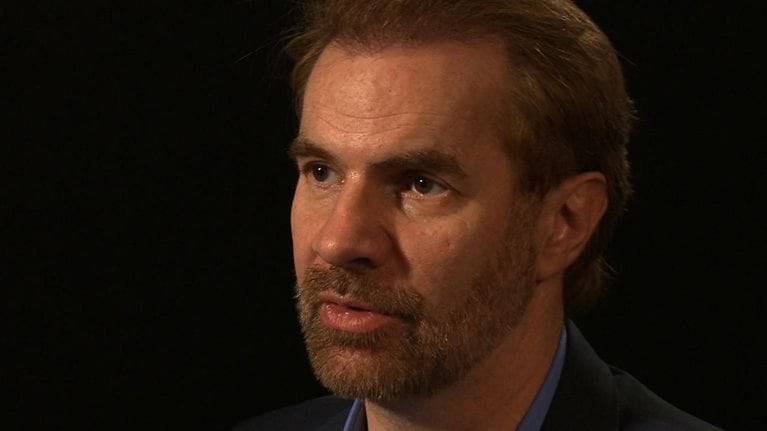The relentless parade of new technologies is unfolding on many fronts. Almost every advance is billed as a breakthrough, and the list of “next big things” grows ever longer. Not every emerging technology will alter the business or social landscape—but some truly do have the potential to disrupt the status quo, alter the way people live and work, and rearrange value pools. It is therefore critical that business and policy leaders understand which technologies will matter to them and prepare accordingly.
Disruptive technologies: Advances that will transform life, business, and the global economy, a report from the McKinsey Global Institute, cuts through the noise and identifies 12 technologies that could drive truly massive economic transformations and disruptions in the coming years. The report also looks at exactly how these technologies could change our world, as well as their benefits and challenges, and offers guidelines to help leaders from businesses and other institutions respond.
We estimate that, together, applications of the 12 technologies discussed in the report could have a potential economic impact between $14 trillion and $33 trillion a year in 2025. This estimate is neither predictive nor comprehensive. It is based on an in-depth analysis of key potential applications and the value they could create in a number of ways, including the consumer surplus that arises from better products, lower prices, a cleaner environment, and better health.
Some technologies detailed in the report have been gestating for years and thus will be familiar. Others are more surprising. Examples of the 12 disruptive technologies include:
Advanced robotics—that is, increasingly capable robots or robotic tools, with enhanced "senses," dexterity, and intelligence—can take on tasks once thought too delicate or uneconomical to automate. These technologies can also generate significant societal benefits, including robotic surgical systems that make procedures less invasive, as well as robotic prosthetics and "exoskeletons" that restore functions of amputees and the elderly.
Next-generation genomics marries the science used for imaging nucleotide base pairs (the units that make up DNA) with rapidly advancing computational and analytic capabilities. As our understanding of the genomic makeup of humans increases, so does the ability to manipulate genes and improve health diagnostics and treatments. Next-generation genomics will offer similar advances in our understanding of plants and animals, potentially creating opportunities to improve the performance of agriculture and to create high-value substances—for instance, ethanol and biodiesel—from ordinary organisms, such as E. coli bacteria.
Energy-storage devices or physical systems store energy for later use. These technologies, such as lithium-ion batteries and fuel cells, already power electric and hybrid vehicles, along with billions of portable consumer electronics. Over the coming decade, advancing energy-storage technology could make electric vehicles cost competitive, bring electricity to remote areas of developing countries, and improve the efficiency of the utility grid.
The potential benefits of the technologies discussed in the report are tremendous—but so are the challenges of preparing for their impact. If business and government leaders wait until these technologies are exerting their full influence on the economy, it will be too late to capture the benefits or react to the consequences. While the appropriate responses will vary by stakeholder and technology, we find that certain guiding principles can help businesses and governments as they plan for the effects of disruptive technologies.
- Business leaders should keep their organizational strategies updated in the face of continually evolving technologies, ensure that their organizations continue to look ahead, and use technologies to improve internal performance. Disruptive technologies can change the game for businesses, creating entirely new products and services, as well as shifting pools of value between producers or from producers to consumers. Organizations will often need to use business-model innovations to capture some of that value. Leaders need to plan for a range of scenarios, abandoning assumptions about where competition and risk could come from, and not be afraid to look beyond long-established models. Organizations will also need to keep their employees' skills up-to-date and balance the potential benefits of emerging technologies with the risks they sometimes pose.
- Policy makers can use advanced technology to address their own operational challenges (for example, by deploying the Internet of Things to improve infrastructure management). The nature of work will continue to change, and that will require strong education and retraining programs. To address challenges that the new technologies themselves will bring, policy makers can use some of those very technologies—for example, by creating new educational and training systems with the mobile Internet, which can also help address an ever-increasing productivity imperative to deliver public services more efficiently and effectively. To develop a more nuanced and useful view of technology’s impact, governments may also want to consider new metrics that capture more than GDP effects. This approach can help policy makers balance the need to encourage growth with their responsibility to look out for the public welfare as new technologies reshape economies and lives.


